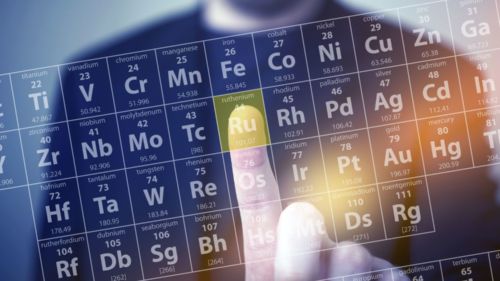
Thermodynamic Databases
Databases
The quality of the predictions in Thermo-Calc is strongly dependent on the quality of the databases because they provide the data for the calculations. This makes the databases as important, if not more so, than the software itself.
Thermo-Calc Software has long experience in the field of database generation using the proven CALPHAD methodology. We employ a highly qualified team of people working on database development internally and through international collaboration projects. With our kinetic, properties, and thermodynamics databases, you can rest assured that you are working with the most advanced CALPHAD databases available.



